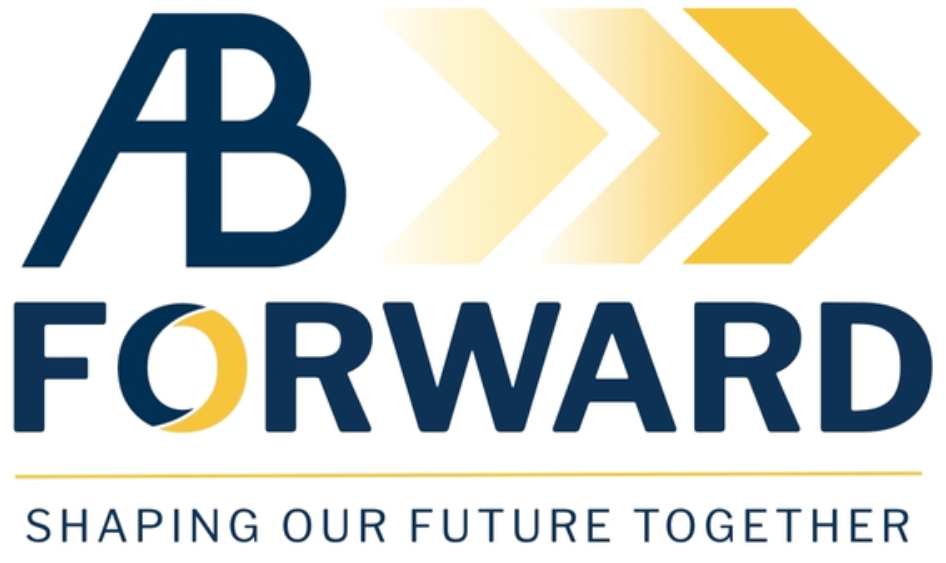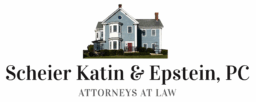The conversation about the future of the Acton-Boxborough Regional School District (ABRSD) took a major step forward on Oct. 7, 2025, when the AB Forward Steering Committee hosted the consultants from District Management Group (DMGroup) for a public presentation on district reorganization options.

The Tuesday evening session, held at the Acton Boxborough School District’s Administration Building, was part of a months-long process designed to ensure that Acton and Boxborough residents have a voice in shaping the district’s long-term plan. According to DMGroup, the goal this fall is to “gather feedback on the proposed re-organization scenarios in order to identify two to three actionable options to bring to the School Committee in December.”
Six Buildings, Nine Options, and Hard Choices Ahead
DMGroup identified nine feasible reorganization scenarios, ranging from maintaining the current six-school configuration to consolidating buildings, adjusting grade levels, or even regional expansion.
“Each option makes trade-offs around where to prioritize staff, funding, and time,” a DMGroup representative explained. “Our task is to help the district determine which options are most educationally effective and financially sustainable.”
The status-quo (Option 1) would keep all six elementary schools operating in four buildings with current K-6 grade levels. While it avoids disruption and carries low short-term costs, DMGroup warned that it “lacks long-term sustainability” and would defer necessary capital improvements — estimated at $17.5 million for Conant Elementary alone.
Option 2 would reduce the district from four to three elementary buildings by closing Conant and relocating students to Parker-Damon or the Boardwalk campus. That move could “avoid costly renovations and free up resources for district priorities,” the consultants said, though they acknowledged it could also “create friction in the community” as families adapt to new schools and transportation patterns.
Option 3 would reduce the number of schools in the District from 6 to 5, saving an estimated $700,000–$800,000 annually through lower operational and administrative costs. Option 3 has two variants: closing Conant or closing the school that the fewest families chose as their primary choice (based on preference trends from the past 5 years and other enrollment data). DMGroup noted that the savings could be reinvested in specialist staff or new district-wide initiatives.
Options 4 through 6 explore deeper consolidation among elementary schools. Option 4 merges the two elementary schools chosen by the fewest families. Option 5 organizes schools by grade-level bands. For instance, Pre-K–K at Blanchard, Grades 1–3 at Douglas/Gates, and Grades 4–6 at McCarthy-Towne/Merriam. While this approach “aligns buildings with developmental stages and fosters collaboration among teachers,” it could increase transitions for students and require significant space modifications. Option 6 consolidates from six to three K-6 schools. DMGroup notes that “some families may feel that large K-6 schools are less personal or nurturing” but that this option would save operational costs and administrative overhead.
Finally, Options 7 and 8 introduce changes at the secondary as well as elementary level, by making the elementary schools K-5 and joining 6th graders with older students. In one version, the 6th graders would join the junior high school, to make a 6-8 middle school model. In another version, the 6th graders would join the junior high and the 8th graders would move to the high school, creating a 8-12 high school. DMGroup notes that these options would potentially free space in the elementary buildings and create a middle school model which can be more developmentally appropriate.
More detail about each option, including potential benefits, drawbacks, and cost implications, is provided in the slides from the presentation, available here.
A Data-Driven and Community-Informed Process
Since convening in May, DMGroup has conducted a diagnostic review, analyzed building capacity and enrollment data, and gathered feedback from more than 70 stakeholders, including teachers, parents, and students. Those discussions emphasized the importance of flexibility, equity, and staff support.
The updated “Theory of Action,” presented Monday, commits ABRSD to “enhance how we support each of our students to meet their evolving needs,” and to “rethink how we use our resources to create educationally effective and financially sustainable systems.”
Steering Committee members highlighted the need for transparency as the process moves forward. “This isn’t just about buildings,” one member noted. “It’s about what kind of learning community we want for our kids.”
Next Steps: Community Input in October
DMGroup will hold three community meetings to gather public feedback: October 21 in Acton, October 27 in Boxborough, and a virtual session on October 30; details here. In addition, 32 focus groups and a district-wide survey will collect input on the reorganization scenarios before the next Steering Committee meeting on November 18.
DMGroup will then refine the options and present final recommendations in December 2025 to the School Committee.
As Acton and Boxborough navigate this critical crossroads, Monday’s meeting underscored both the district’s fiscal realities and its shared aspiration to ensure that, in the words of the revised strategic plan, “each student reaches their fullest potential in an inclusive, thriving community.”
This article was written in part by ChatGPT under the supervision of the Acton Exchange Team. Editors fact-checked the reorganization options against the posted slide deck from the meeting.













